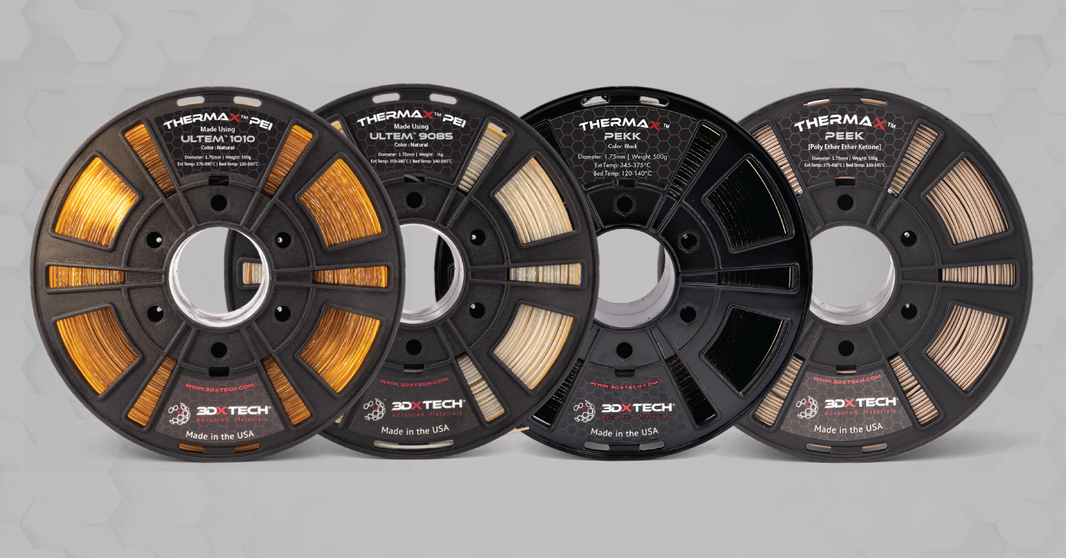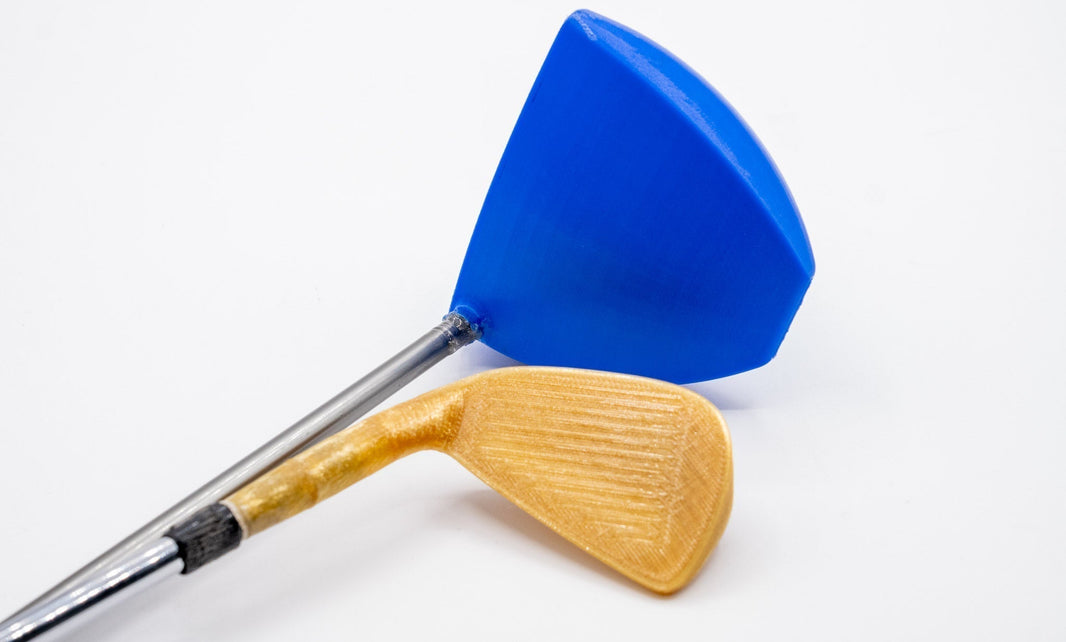PCTG vs PETG: Which Filament Delivers Superior Performance?
Curious about the difference between PETG and PCTG? This guide breaks down their key performance traits such as strength, durability, and chemical resistance to help you choose the right 3D printing filament for your next high-demand project.
In additive manufacturing, selecting the right material for your project is one of the most important decisions you’ll make. Two popular copolyester filaments commonly used in FDM printing, PETG (polyethylene terephthalate glycol-modified) and PCTG (polycyclohexylenedimethylene terephthalate glycol-modified), are frequently compared for their durability, printability, and suitability for most 3D printing applications. While PETG is widely known within the 3D printing community of hobbyists and professionals alike, PCTG is beginning to gain popularity as a more robust alternative for parts that require more performance than standard PETG can offer. Having heard the buzz around PCTG, you may wonder what makes this material different from PETG; 3DXTECH is here to answer your questions and help you understand what makes this material stand out. Understanding the material science behind these filaments can better inform your decisions for your next project.
Breaking these materials down at the molecular level, both PETG and PCTG are known as glycol-modified polyesters, but they differ in what specific glycol is used. PETG makes use of either CHDM (cyclohexane dimethanol) or NPG (neopentyl glycol) to improve clarity and reduce the material’s brittleness. PCTG, on the other hand, contains a higher concentration of CHDM. This higher concentration found in PCTG —often over 40%— significantly increases the material’s impact resistance, ductility, and chemical resistance. These molecular differences are what make PCTG a better option for engineering and functional parts, particularly those that are exposed to mechanical stress and harsh environments. It's very much like comparing ASA to ABS, where ASA offers similar ease of printing but improved weatherability and UV resistance, making it a more robust choice for outdoor or demanding applications. While both materials are considered part of the PET family, PCTG is commonly considered the next-generation upgrade, offering better toughness without compromising the printability that PETG is known for.
From a performance standpoint, 3DXTECH’s MAX-G PCTG delivers clear advantages over standard PETG filaments. Although both materials offer very comparable tensile strength (~45 MPa) and flexural strength (~72 MPa), PCTG excels in impact resistance, with an Izod rating of 8kJ/m², which far surpasses PETG. This is one of the factors that makes it an ideal choice for more performance-driven components. With a broad processing window (250–270°C), low moisture absorption, and minimal printing odor, PCTG is compatible with most open-source desktop 3D printers—offering an engineering-grade, performance-focused upgrade to PETG for a wider range of users.
Chemical and thermal resistance are other key differentiators between these two materials. PETG is already commonly chosen due to its ability to outperform ABS in chemical resistance. However, PCTG manages to take chemical resistance even further, withstanding exposure to certain solvents and cleaning agents, including isopropyl alcohol, without degrading. All the while, it also maintains a comparable glass transition temperature (~78°C), ensuring thermal stability in many operational environments. Both materials are considered to be fully recyclable, but PCTG’s advanced mechanical properties make it a more fitting option for applications where part longevity, safety, and consistency are essential. When selecting materials for engineering-grade applications, PCTG’s combination of resilience, ductility, and chemical resistance makes it the superior choice for parts when failure is not an option.
In the fast-growing world of 3D printing, material innovation plays a pivotal role in staying competitive. By adopting next-generation materials like MAX-G PCTG, professional users and desktop engineers can unlock higher mechanical performance without sacrificing the printability and versatility you’ve come to expect from PETG. Whether you’re producing functional prototypes, jigs & fixtures, or end-use parts, PCTG delivers toughness, chemical resistance, and dimensional stability that is one step above PETG. For those seeking the cutting edge of filament technology, PCTG isn’t just an alternative, it’s the upgrade your additive manufacturing workflow needs.
That said, PETG remains a proven filament for countless prototyping and low-stakes applications. If your current project doesn’t require the enhanced toughness or chemical resistance of PCTG, 3DXTECH’s standard MAX-G PETG continues to deliver the reliable performance that users have trusted for years. For specialized engineering-focused needs, 3DXTECH also offers filled PETG options including CarbonX™ PETG+CF for added stiffness, 3DXSTAT ESD-PETG for static-sensitive applications, and 3DXSTAT EMI PETG for electromagnetic shielding. Whether you need a dependable, standard filament or a solution engineered for a specific challenge, 3DXTECH has performance-driven filament options to meet your needs.






